How do military drone operators train in Russia?
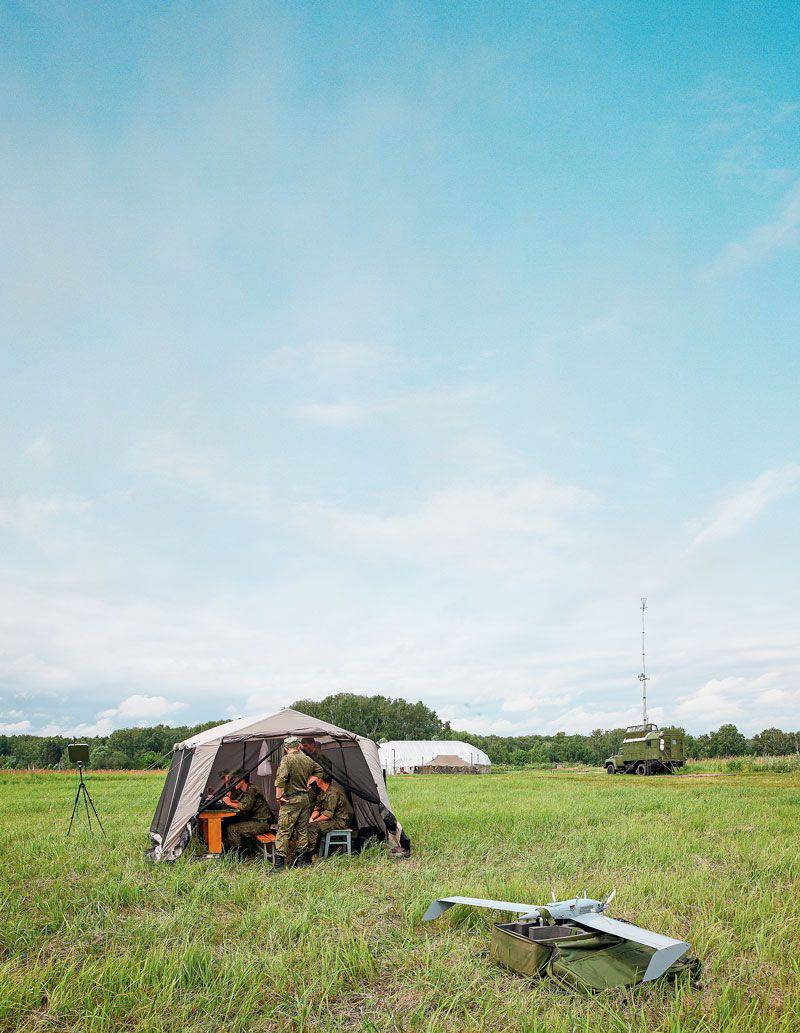
Strictly speaking, the topic of unmanned aviation for our country is not new at all. Cruise missiles in the USSR were taken up immediately after World War II (with the copy of the “flying motorcycle” FAU-1), and now we occupy leading positions in this field in the world. And what is a cruise missile, if not an unmanned aircraft? In the USSR, the Buran space shuttle was built, which long before the Boeing X-37 flew into orbit in unmanned mode and returned.
Reactive and disposable
Domestic UAVs with intelligence functions also have a long-standing history. In the middle of the 1960-x tactical unmanned reconnaissance planes (TBR-1) and long-range unmanned reconnaissance planes (DBR-1), which became the development of unmanned target airplanes, began to enter service for combatant units. It was a serious aircraft is not compact in size. The TBR weighed almost three tons, could fly at altitudes up to 9000 m at speeds up to 900 km / h, for which it was equipped with a turbojet engine. The goal is photo reconnaissance at the 570 km range. The launch was carried out with guides at an angle of 20 degrees to the horizon, and powder accelerators were used for acceleration. The DBR-1 flew supersonic at all (up to 2800 km / h) and had a range of up to 3600 km. Take-off weight - more than 35 t! For all this, the reconnaissance UAVs of the first generation had an unimportant accuracy of output to a given object, and these vehicles — heavy, turbojet — were ... disposable, and therefore their use turned out to be expensive.
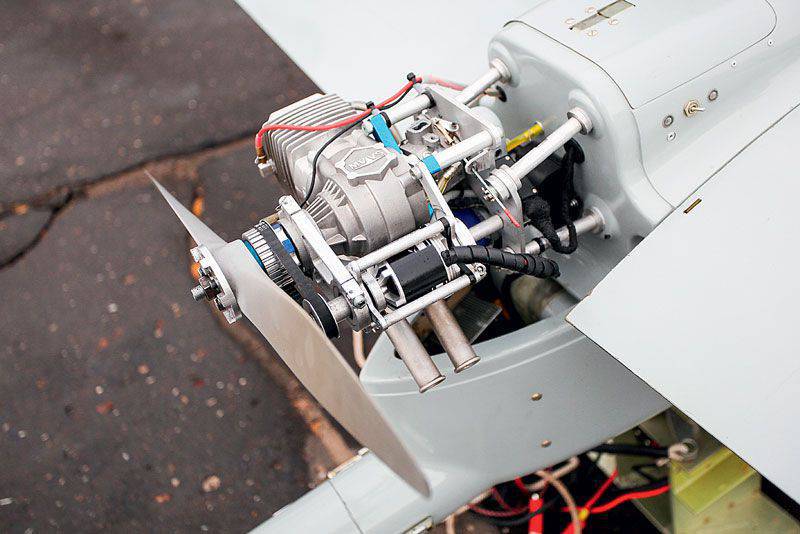
In the middle of the 1970-x, the BP-3 unmanned reconnaissance complex entered the Soviet army, which was based on the Reis turbojet UAV. It was already a reusable system designed to conduct air reconnaissance of objects and terrain in tactical depth in the interests of the ground forces and attack aircraft. The plane was lighter than its one-time predecessors - the take-off weight of 1410 kg, had a cruising speed of up to 950 km / h and a technical range of 170 km. It is easy to calculate that even with full refueling the flight of the “Flight” could not last more than ten minutes. The device is capable of conducting photo, television and radiation reconnaissance with data transmission to the command center almost in real time. Landing of the UAV was carried out at the command of the onboard automatic control system. It is worth noting that the “Flight” is still in service with the army of Ukraine and was used in the so-called ATO.
In 1980, the third generation of UAVs began to develop in the world — light, inexpensive, remotely operated vehicles with intelligence functions. It cannot be said that the USSR stayed away from this process. Work on the creation of the first domestic mini-UAV was launched in 1982 year at the Research Institute "Kulon". By the 1983, the Bee-1M multi-use RPV flight tests (Stroy-PM complex) were developed and passed for television reconnaissance and radio-electronic jamming of communications equipment operating in the VHF band. But then perestroika began, and behind it 90-e, which for the development of domestic unmanned aircraft were lost. By the beginning of the new millennium, the old Soviet developments were morally obsolete. I had to urgently go after them.
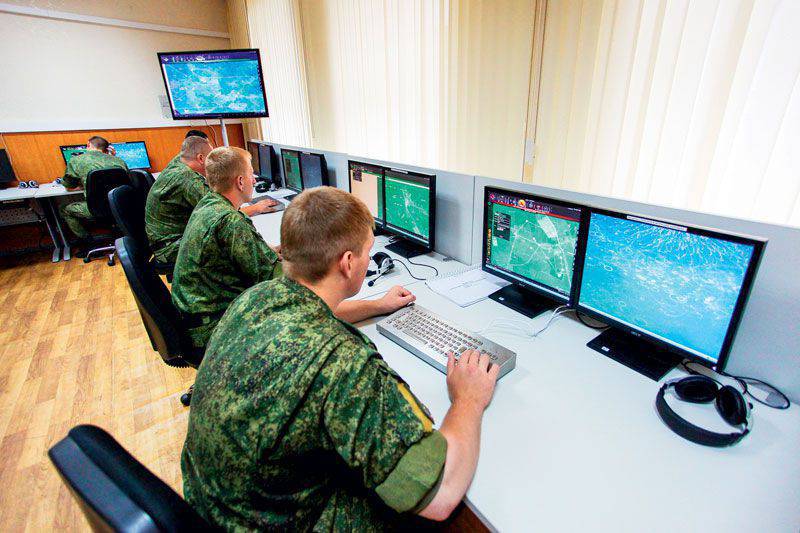
For real aviators
In the old Russian city of Kolomna, next to the museum-factory of the famous apple marshmallow, the State Center for Pilotless Aviation of the Ministry of Defense is located. This, as they say now, is the main Russian competence center for training and retraining of technicians and operators who manage military UAVs. The predecessor of the center was the Interspecific center of unmanned aerial vehicles - a structure that has existed for three decades under various names and with different points of dislocation. But right now the UAVs have fallen into the sphere of special attention of the military leadership of the country. This is evidenced by the fact that the military town inherited by the Center (formerly it belonged to the Kolomna Artillery School, established under Alexander I) is being actively rebuilt and settled. Some buildings are demolished (others will be built instead), some are overhauled. A new club and a stadium will be built on the territory of the unit. Through the Center passes all the unmanned vehicles entering the troops, the specialists of the Center study it in detail and then transfer their knowledge to cadets who come to Kolomna from all over the country.
Working with UAVs (at least with those taken for supply in our Armed Forces) requires the efforts of three specialists. First, it is the operator of the control apparatus - it sets the flight path, altitude, produces maneuvers. Secondly, it is the operator of control of the target load - its task is to directly conduct reconnaissance using various sensor units (video / IR / radio intelligence). Thirdly, it prepares the UAV for flight and carries out the launch of a drone technician. The training of all these three categories of servicemen is being conducted within the walls of the Center. And if the place of equipment is always near the "iron", then the operators are initially trained in the classes behind the displays of simulators. It is interesting that the operator of the control of the apparatus itself changes the course of the UAV by drawing lines on the electronic map of the area, while the operator from the camera receives a real-time picture of the target load control.
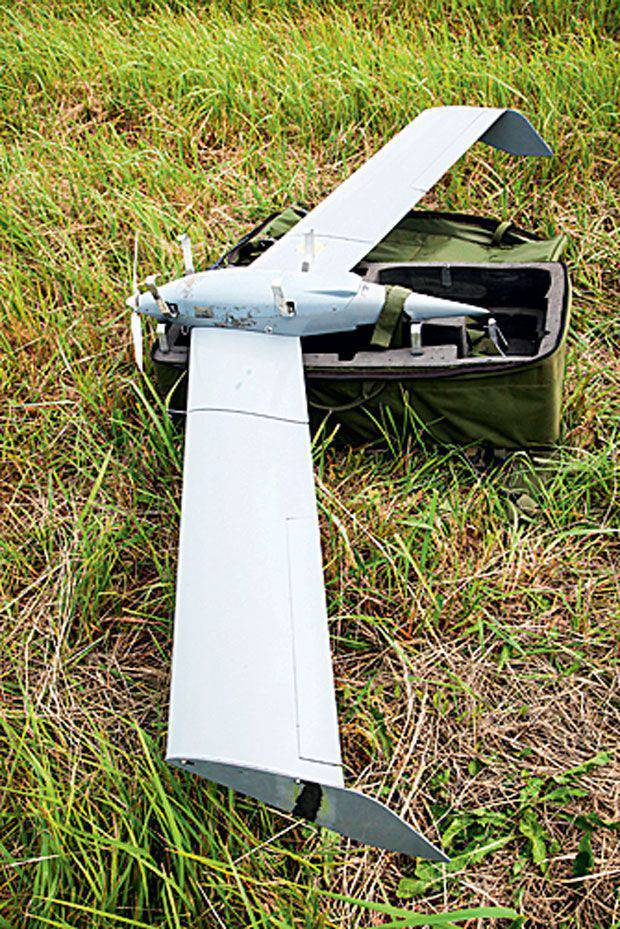
Unlike the US Army, where gamers-flight simulators have recently been invited to the UAV operators, a conservative approach remains in our Armed Forces. According to the Center, gamers do not have the experience of communicating with real elements that real pilots have, who very objectively understand the behavior of the aircraft in adverse weather conditions. We still believe that former pilots and navigators are more suitable for managing a UAV. Duration of training at the Center varies from 2,5 to 4 months and depends on the size, range and functional load of the aircraft.
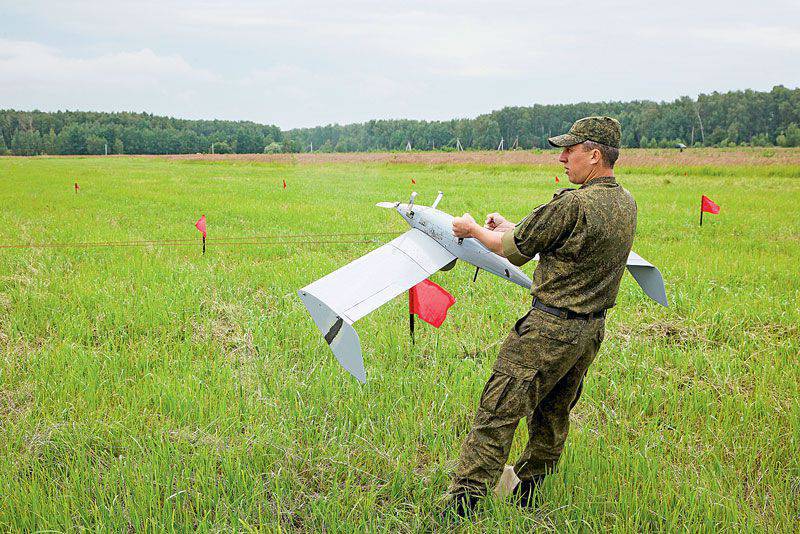
While small forms
The American film “A Good Kill” tells about the fate of the operator of the Reaper UAV - this man, located at the control center in the United States, had to launch rocket attacks on people on the other side of the globe. The authorities, whose orders the hero of the film was obliged to carry out, considered these people terrorists. The human drama unfolds against the backdrop of very beautifully and effectively shown scenes of remote warfare with the help of shock UAVs. Fortunately or unfortunately, it is hardly destined for our servicemen to be in the place of the hero of "The Good Kill" in the near future. Drum prototypes drones in our country are now being actively developed, some of them are already being tested, but they are still far from being put into service. The post-perestroika "gap" threw Russia back in the field of military unmanned aircraft by 10-15 years compared to the West, and we are only now starting to make up for something. Hence the still not very wide range of UAVs used in our army.
When it became clear that it would not be possible to quickly bring up domestic technologies to the minimum modern requirements, our defense industry decided to establish cooperation with one of the world leaders in the development of military-purpose UAVs - with Israel. According to the agreement concluded in 2010 with Israel Aerospace Industries Ltd., the Ural Civil Aviation Plant began licensed production of the BirdEye 400 lightweight wearable apparatus and the reconnaissance UAV of the middle class SEARCHER, respectively, called Zastava and Forpost, respectively. “Outpost”, by the way, is the only device we have adopted for supply (UAVs are accepted in our aircraft “for supply”, as ammunition, and not “for armament”, as combat equipment), which takes off and lands in an airplane manner, that is, with running and mileage. All the rest start with a catapult, and land on a parachute. This suggests that while in our army, UAVs are mainly of small size with a small payload and a relatively small radius of action.
Indicative in this sense, a set of UAVs from the complex “Gunner-2”. Four devices are used here under the general name "Pomegranate" and with indices from 1 to 4.
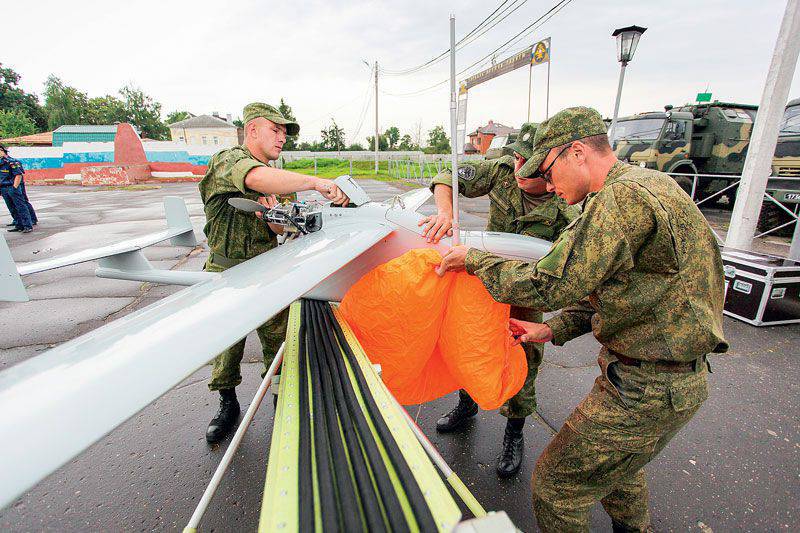
The 1 and 2 "grenades" are light (2,4 and 4 kg) portable small-range UAVs (10 and 15 km) with electric motors. The Granat-3 is a machine with a range of up to 25 km, and a gasoline engine is used as a power plant, as in the Granat-4. The latter has a range of up to 120 km and can carry various kinds of payload: a photo / video camera, an IR camera, EW equipment, and a cellular communication bearing. The control unit "Pomegranate-4", in contrast to the "younger" models, is based in the kunge of the Ural army truck. Nevertheless, this UAV, as well as its fellow in the Orlan-10 class, is launched from metal guides using a rubber band.
All four "Grenades" are made by the Russian companies "Izhmash - unmanned systems", which, of course, is a step forward compared with the cloning of Israeli vehicles. But, as recognized by the Center, it is still far from complete import substitution in this area. Such high-tech components, such as microcircuits or optical systems, have to be bought abroad, and our industry has not yet mastered even compact petrol engines. At the same time, in the field of software, our designers demonstrate a world level. It remains to modify the "iron".
Dissolved in the sky
Practical exercises for the management of UAVs are held at the site, located on the outskirts of Kolomna. On the day of the visit to the Center, management of light wearable devices - BirdEye 400 (aka Zastava) and Grenade-2 - was practiced here. Starting from a rubber band - and soon the device disappears into the sky. Only here you understand the main advantage of this class UAV - stealth. The operator, sitting under the tent, does not look at the sky. In front of him is a control panel, which can be called a “laptop”, and all information about the location of the UAV is reflected on the screen. The operator only has to actively work with the stylus. When BirdEye descends to a small height and becomes visible, it can be confused with a bird of prey cutting circles in search of prey. Only the speed is clearly more avian. And now the landing command - the parachute opens, and the UAV lands, softening the impact on the ground with the help of an inflated airbag.
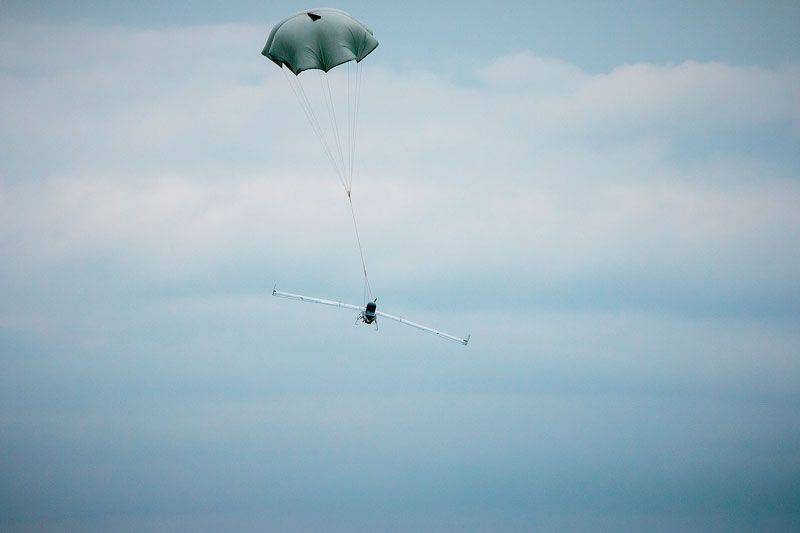
Of course, our army needs longer-range UAVs, with a longer range, with a larger payload, and with shock functions. Sooner or later they will join the ranks and will definitely arrive in Kolomna. Here they will be taught to work with them. But while there is an active study of the available arsenal. The topic of military drones in Russia is clearly on the rise.
Information